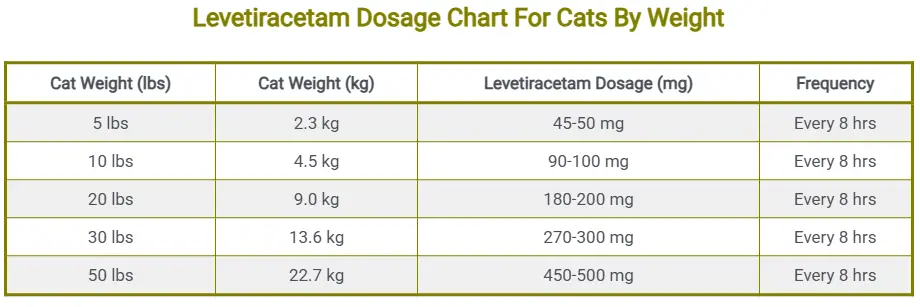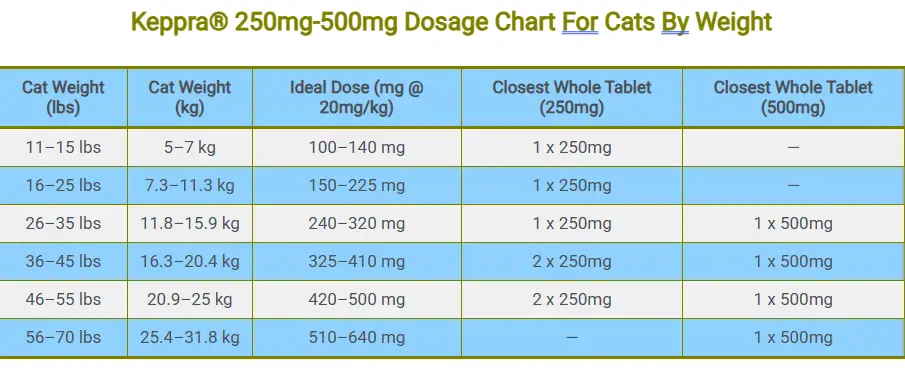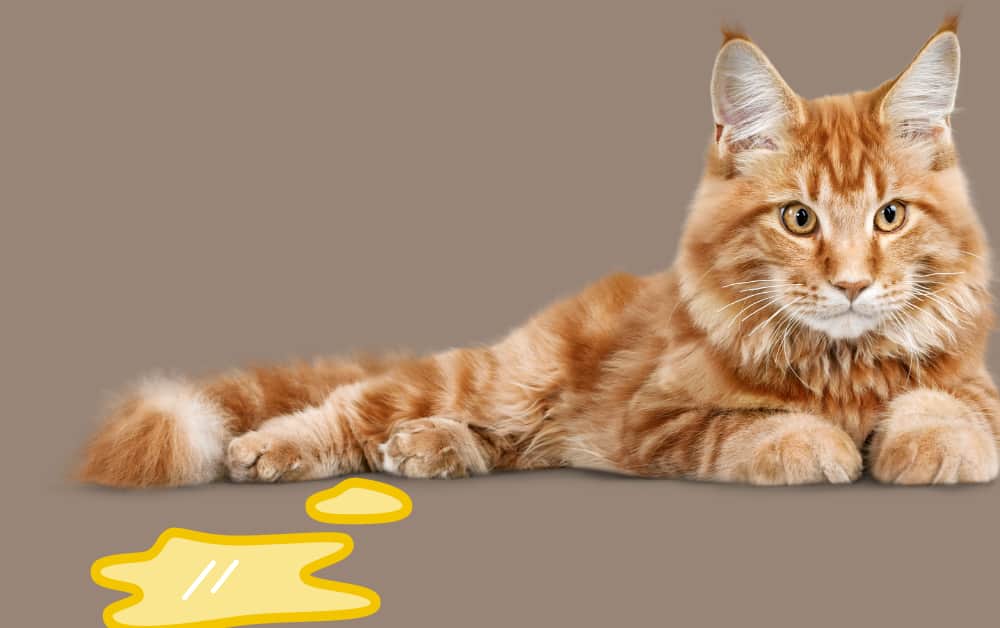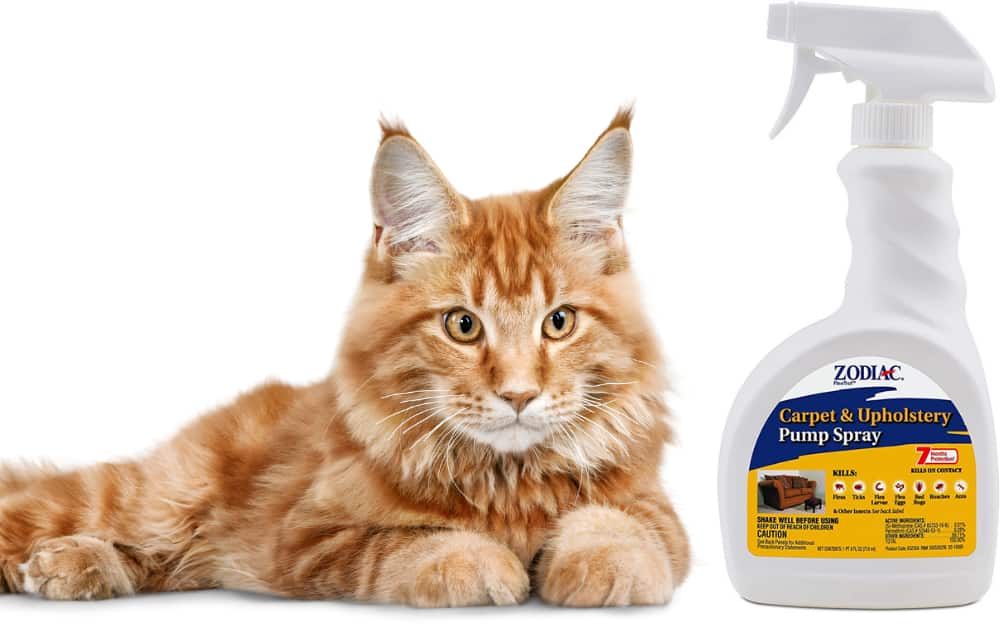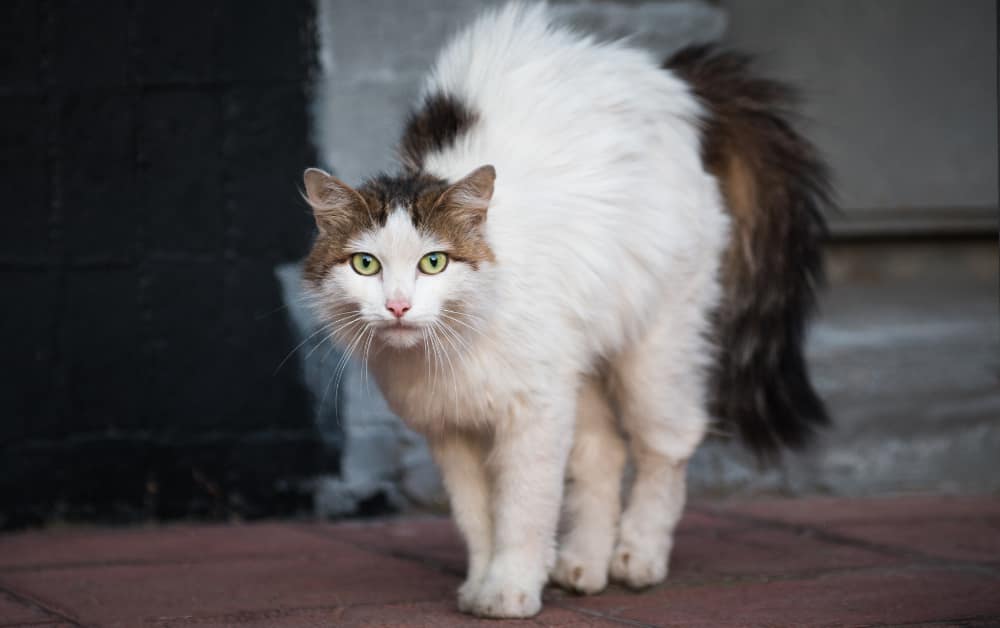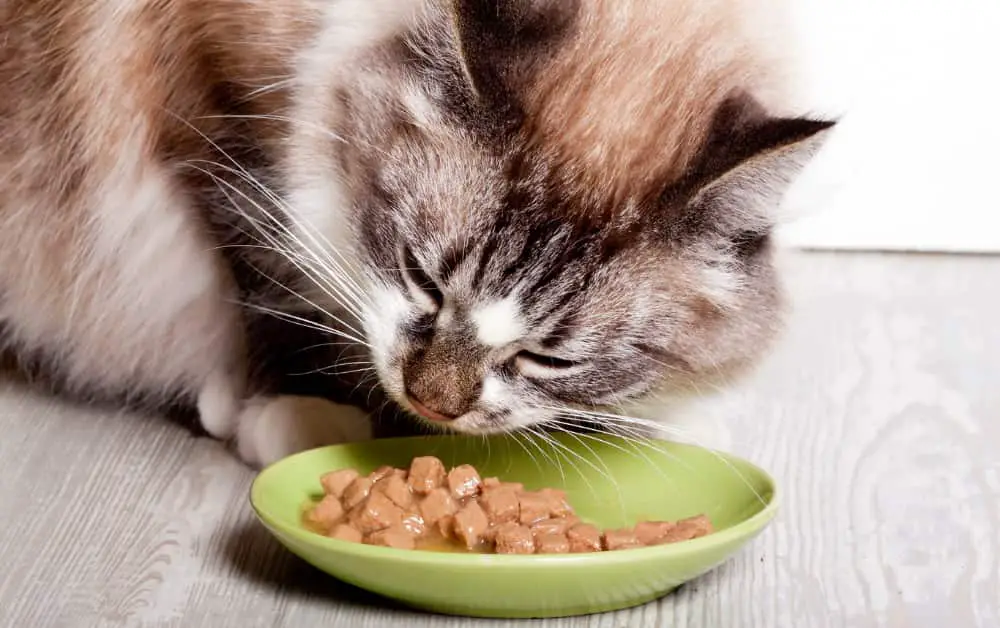Seizures in cats can be terrifying—not just for the cat, but also for the owner who feels helpless watching their feline friend convulse. Thankfully, veterinary medicine has advanced enough to offer treatments that improve the quality of life for seizure-prone felines. One such medication is Keppra®, also known by its generic name Levetiracetam for cats.
This article is your go-to guide on understanding this medication, how it works, and most importantly, the correct dosage for cats, including an easy-to-follow dosage chart.
Whether you’re a cat parent or a veterinary student, you’ll find this detailed guide both helpful and practical.
Disclaimer
Remember, never self-diagnose or self-dose. Seizure disorders are complex, and treatment plans must be tailored to each individual cat’s needs. But with patience, persistence, and veterinary support, a stable, seizure-managed life is possible.
Why is Keppra® Levetiracetam Prescribed for Cats?
Cats that suffer from idiopathic epilepsy, brain tumors, or even trauma-induced seizures may be prescribed Keppra®. Unlike many other medications that can cause sedation or appetite changes, Keppra® tends to be gentler on your cat’s system.
This makes it a good long-term treatment choice, especially in cases where other anticonvulsants have failed or caused intolerable side effects.
Keppra® can be used alone or more commonly, as part of a multi-drug therapy. The flexibility in its administration and the rapid onset of action makes it ideal for cats who need immediate relief and sustained seizure control.
Keppra® Levetiracetam Dosage For Cats
The recommended starting dose for levetiracetam in cats is 20 mg/kg, given every 8 hours (three times a day). For example, if your feline weighs 10 kg (about 22 pounds), the dose would be roughly 200 mg, three times daily.
If you’re using the tablet form, which commonly comes in 250 mg, 500 mg, 750 mg, and 1000 mg sizes, must not be crushed, broken, or split (especially extended release).
Levetiracetam Dosage Chart For Cats By Weight
| Cat Weight (lbs) | Cat Weight (kg) | Levetiracetam Dosage (mg) | Frequency |
|---|---|---|---|
| 5 lbs | 2.3 kg | 45-50 mg | Every 8 hrs |
| 10 lbs | 4.5 kg | 90-100 mg | Every 8 hrs |
| 20 lbs | 9.0 kg | 180-200 mg | Every 8 hrs |
| 30 lbs | 13.6 kg | 270-300 mg | Every 8 hrs |
| 50 lbs | 22.7 kg | 450-500 mg | Every 8 hrs |
Keppra® 250mg-500mg Dosage Chart For Cats By Weight
| Cat Weight (lbs) | Cat Weight (kg) | Ideal Dose (mg @ 20mg/kg) | Closest Whole Tablet (250mg) | Closest Whole Tablet (500mg) |
|---|---|---|---|---|
| 11–15 lbs | 5–7 kg | 100–140 mg | 1 x 250mg | — |
| 16–25 lbs | 7.3–11.3 kg | 150–225 mg | 1 x 250mg | — |
| 26–35 lbs | 11.8–15.9 kg | 240–320 mg | 1 x 250mg | 1 x 500mg |
| 36–45 lbs | 16.3–20.4 kg | 325–410 mg | 2 x 250mg | 1 x 500mg |
| 46–55 lbs | 20.9–25 kg | 420–500 mg | 2 x 250mg | 1 x 500mg |
| 56–70 lbs | 25.4–31.8 kg | 510–640 mg | — | 1 x 500mg |
Frequency of administration
Due to its short half-life in cats (about 3–4 hours), Keppra® is usually given three times a day. This is important to maintain steady levels in the bloodstream and prevent seizure breakthroughs.
However, some extended-release formulations allow for twice-daily dosing, which can be more convenient but are not always suitable for every cat.
Causes of Seizures in Cats
Seizures can occur in cats for a variety of reasons. Some are genetic, while others are secondary to other health issues like kidney disease, liver dysfunction, or exposure to toxins. Common causes include:
- Idiopathic epilepsy (no known cause)
- Infections like FIP or toxoplasmosis
- Brain tumors
- Trauma to the head
- Toxic exposure, such as to human medications or pesticides
Understanding the underlying cause is critical. A thorough veterinary workup, including blood tests, MRI, or spinal tap, may be necessary to diagnose the root cause.
How Levetiracetam for cats Helps Manage Seizures
Levetiracetam for felines works by stabilizing abnormal electrical activity in the brain. It doesn’t cure the condition but reduces the frequency and severity of seizures.
Some cats may go from multiple seizures a week to just one every few months with proper dosage and monitoring. That’s a big win in terms of quality of life—for both the pet and the pet owner.
One of the main advantages is its minimal interaction with other drugs, making it an excellent add-on therapy if your cat is already on phenobarbital or gabapentin.
It’s also non-sedative, so your kitten can continue being their playful self, without the “drugged” look you might see with other anticonvulsants.
Side Effects of Levetiracet® in Cats
Levetiracet is generally well-tolerated, but no drug is completely side effect-free. The most commonly reported side effects in cats include:
- Mild sedation or drowsiness
- Ataxia (wobbly walking)
- Loss of appetite
- Vomiting or diarrhea
These side effects are usually mild and go away within a few days. If they persist longer, your vet may need to reevaluate the dose or formulation.
Rare but Serious Reactions
While rare, some cats may experience:
- Allergic reactions (swelling, hives)
- Extreme lethargy
- Increased seizures (paradoxical effect)
If you notice facial swelling, hives, or difficulty breathing, contact your vet immediately or call the ASPCA Poison Control.
What to Do If Side Effects Occur
If side effects appear mild:
- Monitor your cat for 48 hours
- Report symptoms to your vet
- They may recommend:
- Lowering the dose temporarily
- Switching formulations (e.g., liquid vs. tablet)
- Adding anti-nausea medication
Never abruptly stop Keppra®, as this can cause rebound seizures (often worse than initial ones). Always consult your veterinarian before making any medication changes.
Interactions With Other Medications
Though interactions are rare, always tell your vet about all the medications and supplements your cat is taking. Avoid combining Keppra® with:
- CNS depressants without vet guidance
- Other anti-seizure meds that might increase sedation unless supervised
Some antibiotics or flea medications can also potentially interfere with seizure control, so full disclosure to your vet is essential.
Alternatives to Keppra® for Feline Seizures
While Keppra® is a top choice for many vets, it’s not the only player in the game. Alternatives include:
- Phenobarbital: One of the oldest and most studied anticonvulsants, but it has a higher risk of side effects like sedation and liver damage.
- Zonisamide: A newer option that works similarly to Keppra®, but can cause appetite suppression in some cats.
- Gabapentin: More commonly used for pain, but sometimes added as an adjunct in seizure control.
These drugs may be used alone or in combination with Keppra®, depending on your cat’s needs.
Special Considerations: Kittens, Seniors, and Pregnant Cats
Cats aren’t one-size-fits-all, especially when it comes to medication. Here’s how age and condition affect Levetiracetam use in felines:
- Kittens: Their metabolism may be faster, requiring slightly higher or more frequent dosing—but only under close vet supervision.
- Senior cats: With reduced kidney function, they may need a lower dose or extended dosing intervals.
- Pregnant or nursing felines: Levetiracetam should only be used if the benefits outweigh the risks. There’s limited data, so consult your vet thoroughly.
Always provide your vet with a complete health history, including other medications, allergies, and recent illnesses.
You May Also Like To Read:
Final Thoughts
Keppra® (Levetiracetam) has revolutionized how we manage seizures in cats. Its safety profile, minimal drug interactions, and ease of administration make it a preferred option among veterinarians. But like any medication, the key lies in correct dosage, consistent monitoring, and ongoing communication with your vet.
Whether your feline suffers from idiopathic epilepsy or seizures from another condition, Keppra® offers hope, stability, and a path toward better health. With the help of the dosage chart and the detailed guidelines in this article, you’re now better equipped to be your cat’s strongest ally in this journey.
FAQs
Can I give my cat Keppra® without a prescription?
No. Keppra® is a prescription-only medication and should never be given without veterinary approval and guidance.
How long does it take for Keppra® to start working in cats?
Keppra® starts working quickly—usually within an hour. However, full seizure control may take a few days to weeks.
Can I use the human version of Keppra® for my cat?
Yes, but only under veterinary supervision. Many vets prescribe human Keppra® tablets or liquid to save costs.
What should I do if my cat vomits after taking Keppra®?
Contact your vet. If vomiting occurs within 30 minutes of administration, the dose may not have been absorbed.
Is Keppra® safe for long-term use in cats?
Yes, it’s considered safe for long-term use, especially with regular vet monitoring and dosage adjustments.
